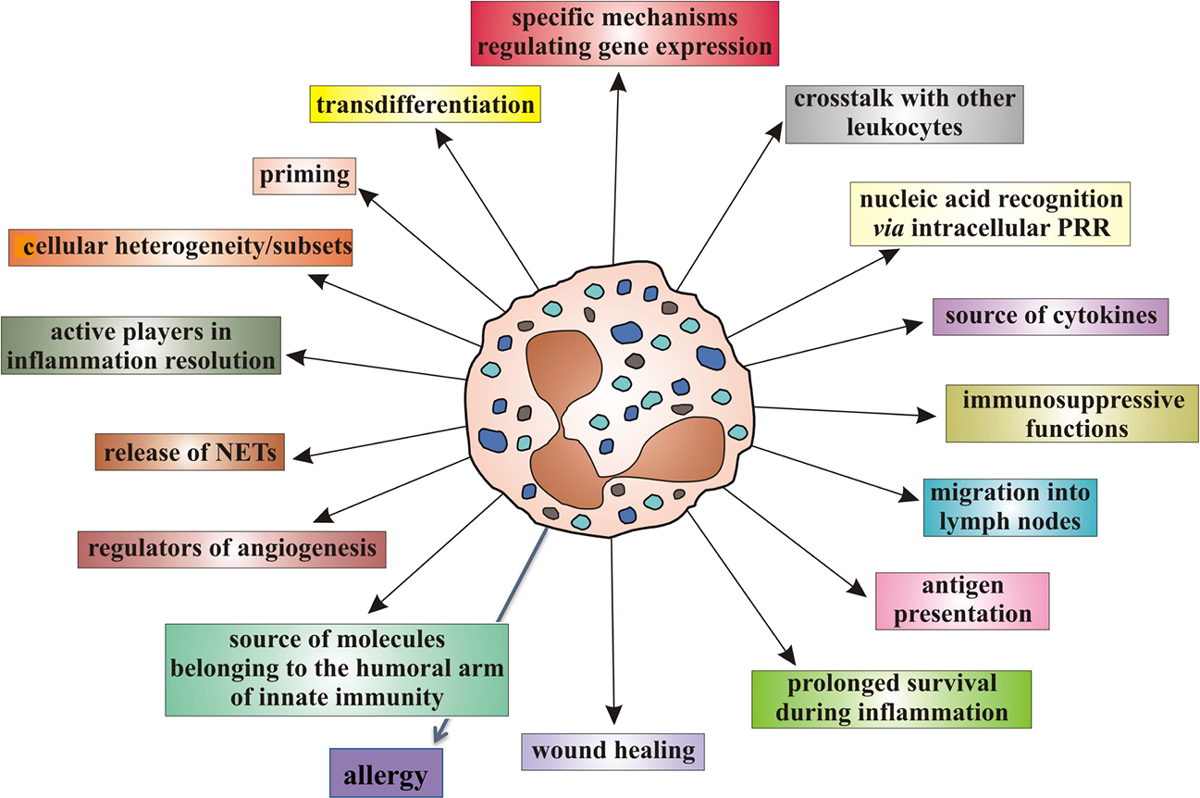Chiropractic Management of an 81-Year-Old Man
with Parkinson Disease Signs and Symptoms
SOURCE: J Chiropr Med. 2014 (Jun); 13 (2): 116–120
Joesph Bova, DC [1] and Adam Sergent, DC [2]
1 Private Practice, Latham NY.
2 Assistant Professor,
Faculty Clinician,
Palmer College of Chiropractic Florida,
Port Orange, FL
Objective The purpose of this case report is to describe the chiropractic management of a patient with Parkinson disease.
Clinical features An 81-year-old male with a 12-year history of Parkinson disease sought chiropractic care. He had a stooped posture and a shuffling gait. He was not able to ambulate comfortably without the guidance of his walker. The patient had a resting tremor, most notably in his right hand. Outcome measures were documented using the Parkinson’s Disease Questionaire-39 (PDQ-39) and patient subjective reports.
Intervention and outcome The patient was treated with blue-lensed glasses, vibration stimulation therapy, spinal manipulation, and eye-movement exercises. Within the first week of treatment, there was a reduction in symptoms, improvement in ambulation, and tremor.
Conclusion For this particular patient, the use of alternative treatment procedures appeared to help his Parkinson disease signs and symptoms.
Key indexing terms: Parkinson disease, Tremor, Gait disorder, Chiropractic
From the FULL TEXT Article:
Introduction
Parkinson disease (PD) is a neurodegenerative brain disorder that progresses slowly in most patients. [1] When approximately 60% to 80% of the dopamine producing cells are damaged, cardinal motor symptoms such as akinesia, rigidity, and tremor begin to appear. [1] A small number of patients have a direct mutation that causes it, but genetic predisposition and environmental factors are most commonly the cause. [1] PD is a central nervous system disorder resulting from destruction of the substantia nigra, which initiates dopamine release, an inhibitory transmitter. [2–4] The lack of dopamine causes a continuous excitatory signal to be sent to the corticospinal tract of the spinal cord, causing over-excitation of the motor cortex; this over-excitation creates the typical PD symptoms. [2–4]
There are more articles like this @ our:
Case Studies Section and the:
PD is diagnosed clinically, based on the presence of resting tremors involving a thumb or few fingers, rigidity, bradykinesia, gait and balance problems, often in the sixth or seventh decade of life. [3] A diagnosis of PD is not made from magnetic resonance imaging (MRI), but this imaging can help in determining some of the portions of the brain that are effected. [5] Regular MRI imaging in the early stages of PD is mostly ineffective; however, late stage PD shows marked cortical atrophy. [6]
PD is typically treated with dopaminergic replacement therapy, monoamine oxidase inhibitors, amantadine, or dopamine agonists. [7] This treatment tends to be effective in the beginning but as tolerance to medications grows the effectiveness is lessened. [7] In late stage PD when medication is no longer effective, deep brain stimulation is currently used which may also decrease the progression of cognitive and motor decline in early stages of PD. [7]
Read the rest of this article here!





Thank you!